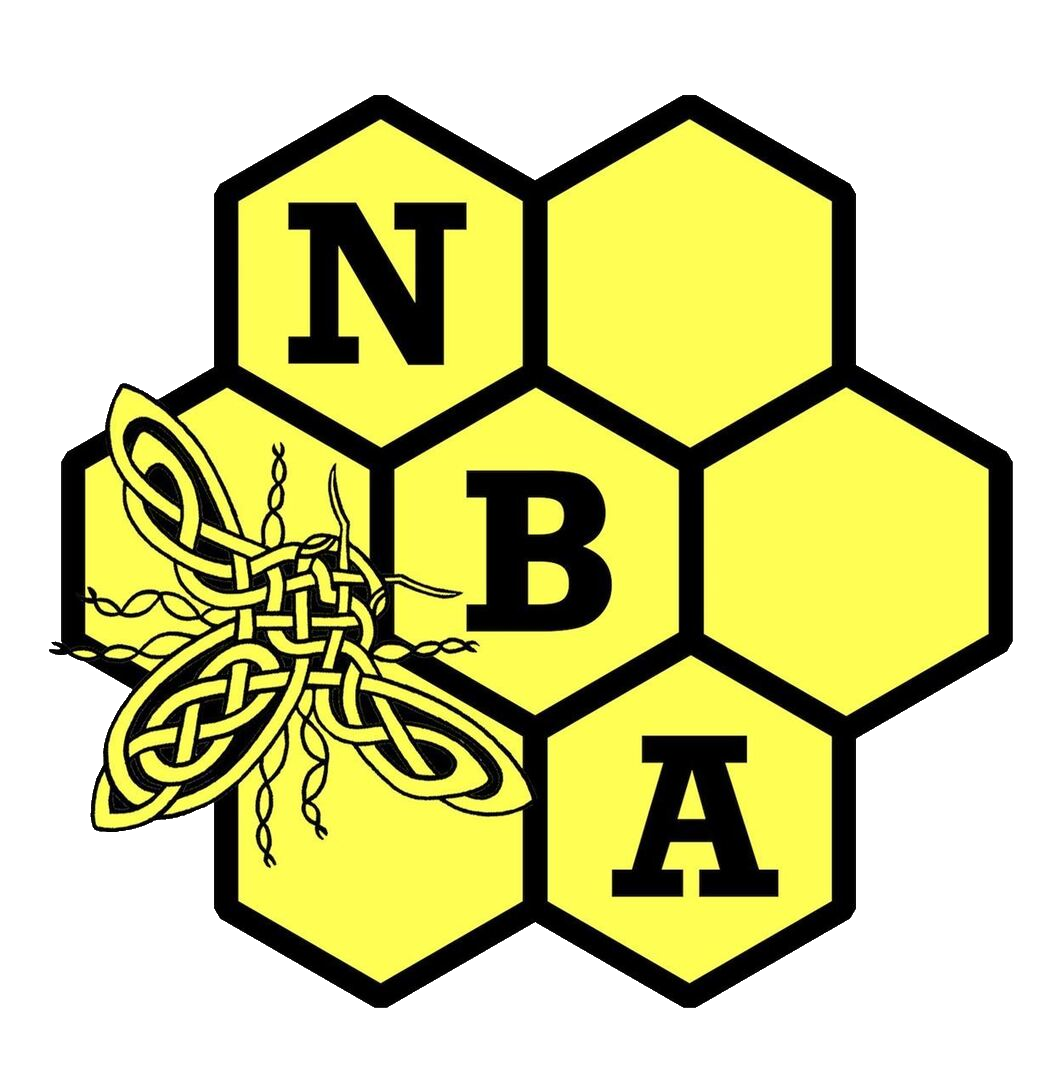|
|
 |
|
Inside this month's magazine:
- Preparing your bees for Asian hornets - Help your bees to face a new predator
- Travels with Tourneret - Eric Tourneret's photographs of The honey tribe, Ethiopia
- How many honey bees are there worldwide? - Evidence for a global increase
- The bee, the coin and the token - Why bees appear so often on money
- Low cost microscopy - studying bees up close on a budget
- Secrets revealed by the honey monitoring scheme - what's in our honey?
- Recipe of the month: Honey and lemon curd
- Cyclopedia: C is for chorion
As well as regular features including:
- Honey on the high street - our monthly appraisal of a commercially available honey
- Ask the Mentors - with Clare Densley and Martin Hann of Buckfast Abbey
- Gardening for pollinators - our regular look at gardening for bees and other wildlife
- Beginners in the apiary - master beekeeper Geoff Blay writes about what to do in February
- News, book reviews, beekeeper interviews and much more ...
|
|
 |
|
Low cost microscopy
Studying your bees up close traditionally meant investing in expensive, sophisticated microscopes.
Dr Barry Meatyard shows how low-cost equipment can be added to your computer for great results. In the image above, a bee's leg is shown in detail.
|
|
 |
|
March's cover shows a selection of coins and tokens from around the world, all of which feature honey bees. In their feature article, Adrian G Dyer and Stuart J McFarlane look at a selection in detail, asking why honey bees have for so long been used as a symbol of wealth, industry and trustworthiness.
|
|
 |
|
Are your bees Fit2Fight?
Alan Baxter has first-hand experience of Asian hornet predation in the Loire region of France and explains how to prepare your bees for what might happen this season.
|
|
 |
|
What's in your honey?
Every year beekeepers across the UK send honey samples to be analysed by the National Honey Monitoring Scheme. This month we have the latest results, revealing what types of pollen are most often found in honey from different parts of the UK. Our report also reveals a more sinister side to the discoveries; forage collected by bees is telling us about pesticide pollution.
|
|
 |
Buzz quiz
One of the questions from BeeCraft's monthly readers' quiz.
Q. What are these pellets, sometimes found on the floor or landing board of a hive in spring?
Find the answer below.
|
|
 |
|
If you would like to receive at least 20% off the normal price, it's easy to do so through your beekeeping association. Simply ask your club to sign up to our group subscription scheme - it's free and easy. You will then be able to use your club's code to receive a discount when you buy your subscription via the BeeCraft website.
For more details email: subscriptions@bee-craft.com
|
|
|
Buzz quiz - answer
A = Discarded pollen pellets. Often mistaken for chalkbrood mummies, they are sometimes thrown out after winter when fresh pollen becomes available.
|
|
|
 |
|
Follow us:
@BeeCraftMag
|
|
|
|
|
|
|
